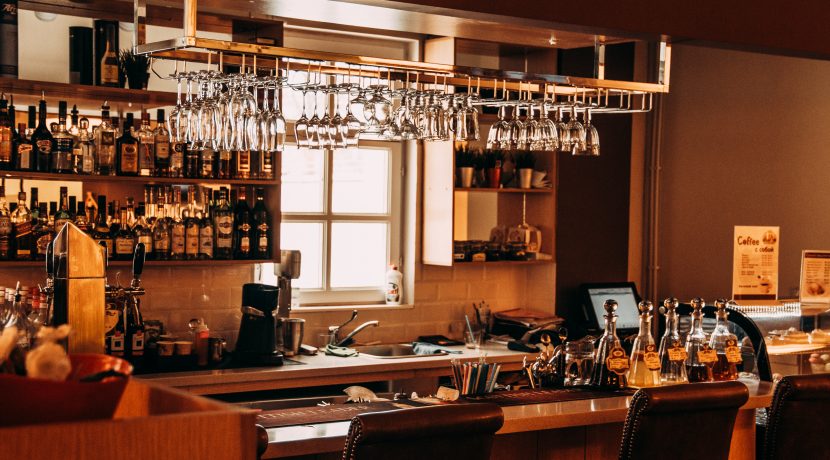What’s the deal with disinfecting cooking tools and utensils? Is it really necessary? If so, when? And what’s the deal with bleach? Good or bad? Answers to these questions and more below in our quick guide to sanitizing techniques in the kitchen.
When You Should Sanitize
For most everything, we think scalding hot water and soap is perfectly suitable for regular cleaning and disinfecting. (I’m not a germ phobe, and in fact I think antibacterial cleaners do more harm than good.) The times you might want to go beyond water and soap is when you’ve been handling meat.
For starters, we don’t think you should rinse your chicken. Washing chicken breasts actually spreads bacteria around your sink or countertops when the water splashes those germs around. So skip that step. Secondly, some people like to have a separate cutting board for meat, and if that makes you feel more comfortable, go for it. But contrary to popular belief, we don’t think plastic is the most sanitary cutting board for meat. This study from the University of Michigan found that more bacteria was recovered from a plastic board than a wood board, and that once a plastic board was knife-scarred, the surface became impossible to clean and disinfect manually. We think wood cutting boards are just fine for meat.
How To Sanitize After You’ve Been Handling Meat
There are two camps here: those who use bleach to sanitize and those who don’t. Those opposed to bleach are concerned about its proven toxicity to both humans and the environment, while those in favor say there’s no harm when used in very small amounts. It’s standard practices in professional kitchens to wash down cutting boards and utensils with a diluted bleach solution after handling meat. One Kitchn reader, who works in the nutrition field, conducted a test to see just how much bleach is needed to sanitize surfaces, and she stresses that only a tiny bit is needed. Here’s the homemade bleach sanitizer recipe she suggests. Note: the bleach solution needs to sit on the surface for 10 minutes to be effective.
Fill any sized spray bottle with cool water (tap is fine). Take the spray nozzle and dip the stem in bleach, up to 3/4 the length of the stem. Place dipped stem in spray bottle of water, swish around to get bleach into the water. Repeat 2 more times. Tada! You’re done! I spray cutting boards, any tongs used to handle meat, and the sink, faucet, and surrounding counter after preparing meat. Every couple of days I spray the drain area of the sink. Otherwise, I scrub the sink and any smelly things with baking soda and dish soap, spray with vinegar and rinse. – sagebrushandserendipity
If you prefer not to use bleach in your kitchen, spritz your cutting boards and utensils first with vinegar, then follow with 3% hydrogen peroxide, then rinse. Apparently pairing both vinegar and hydrogen peroxide together is an effective disinfectant. Another option? If you’re able, lay your boards out in the sun for a few hours.
Copyright to the original publisher for The Kitchn.
Sponsored by The econcierge Delivering the usual exceptionally. Get in touch with them at [email protected]

